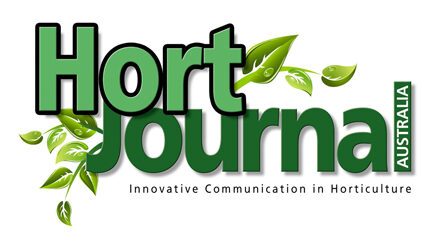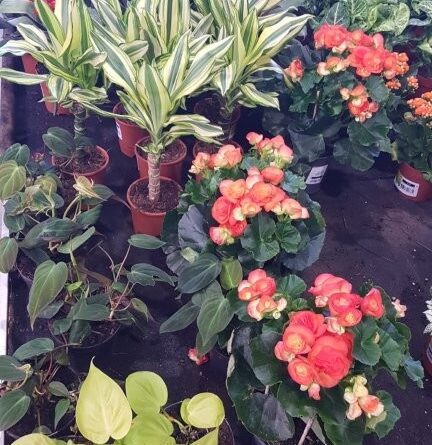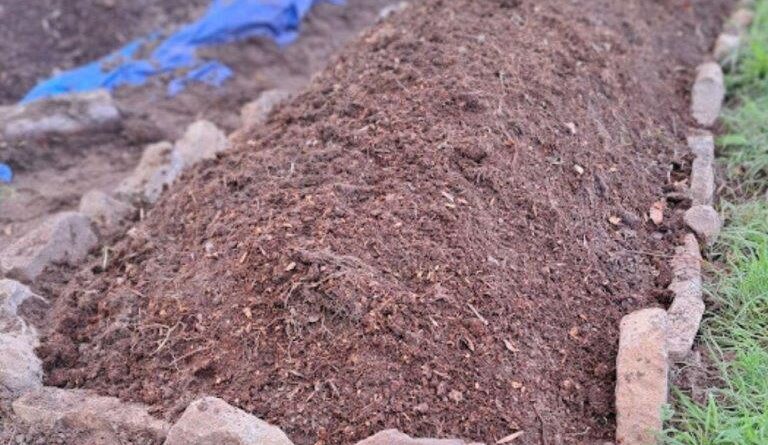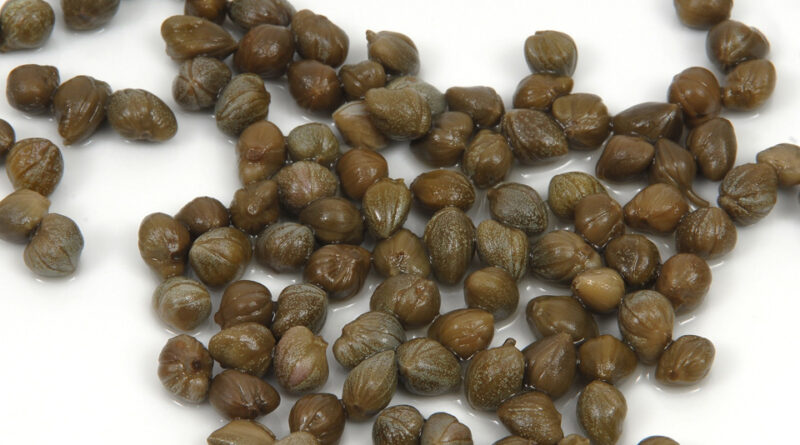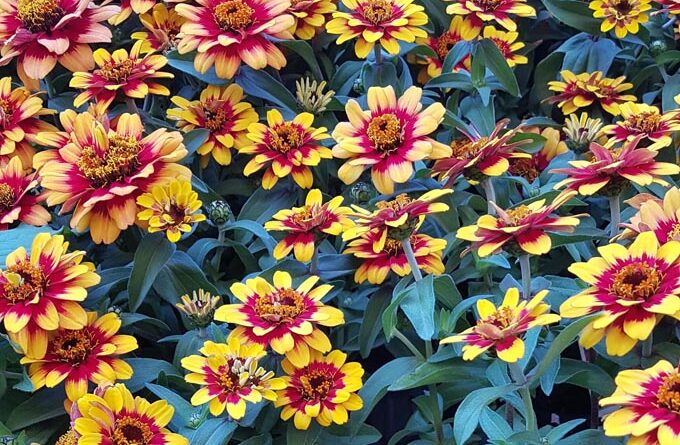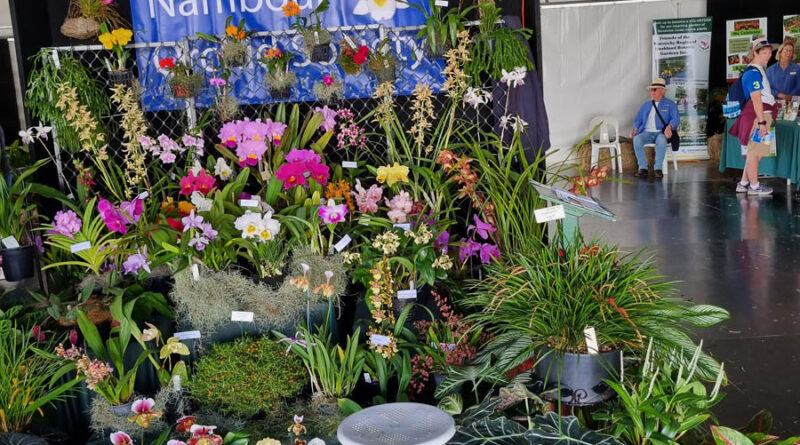Stressed plants? Kelp is on the way!
By Gabrielle Stannus
Living on an island state, I am never too far away from the coast, and therefore seaweed. Likewise, working in the horticultural industry, I regularly encounter seaweed in extract form when applying biostimulants at planting time. Up to now, I have only given a little thought as to how seaweed works to stimulate plant responses to stress.… Continue reading
Read More